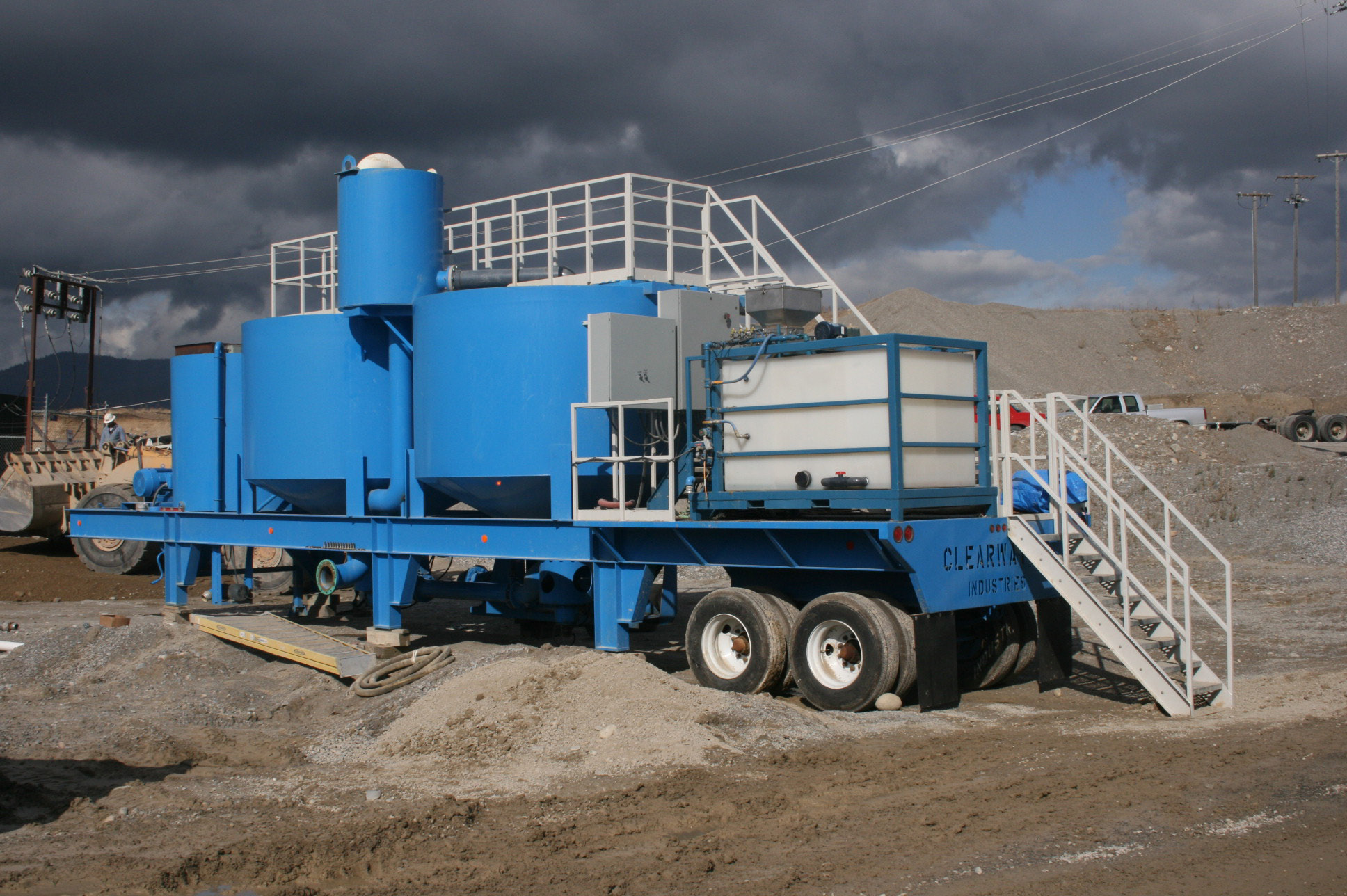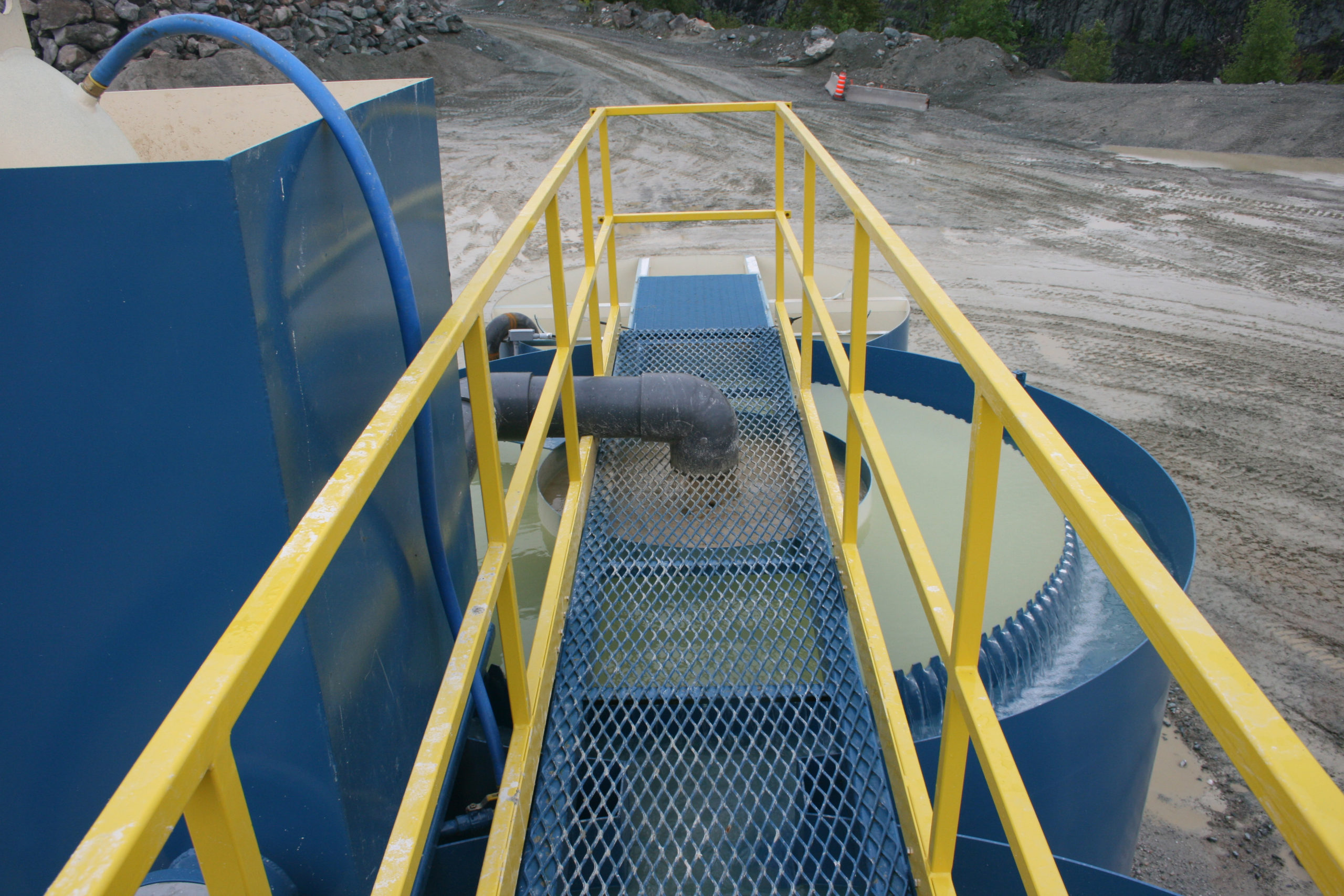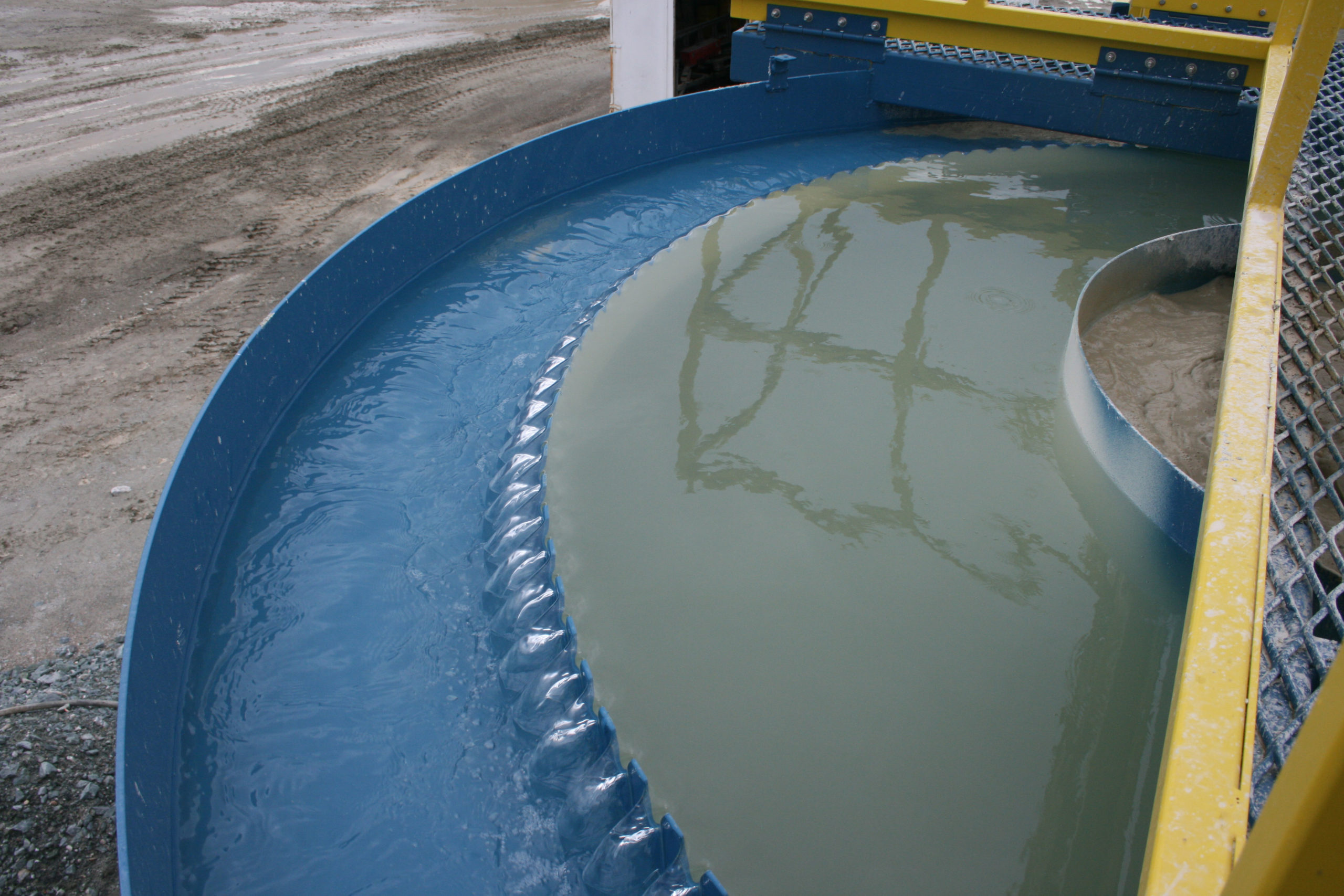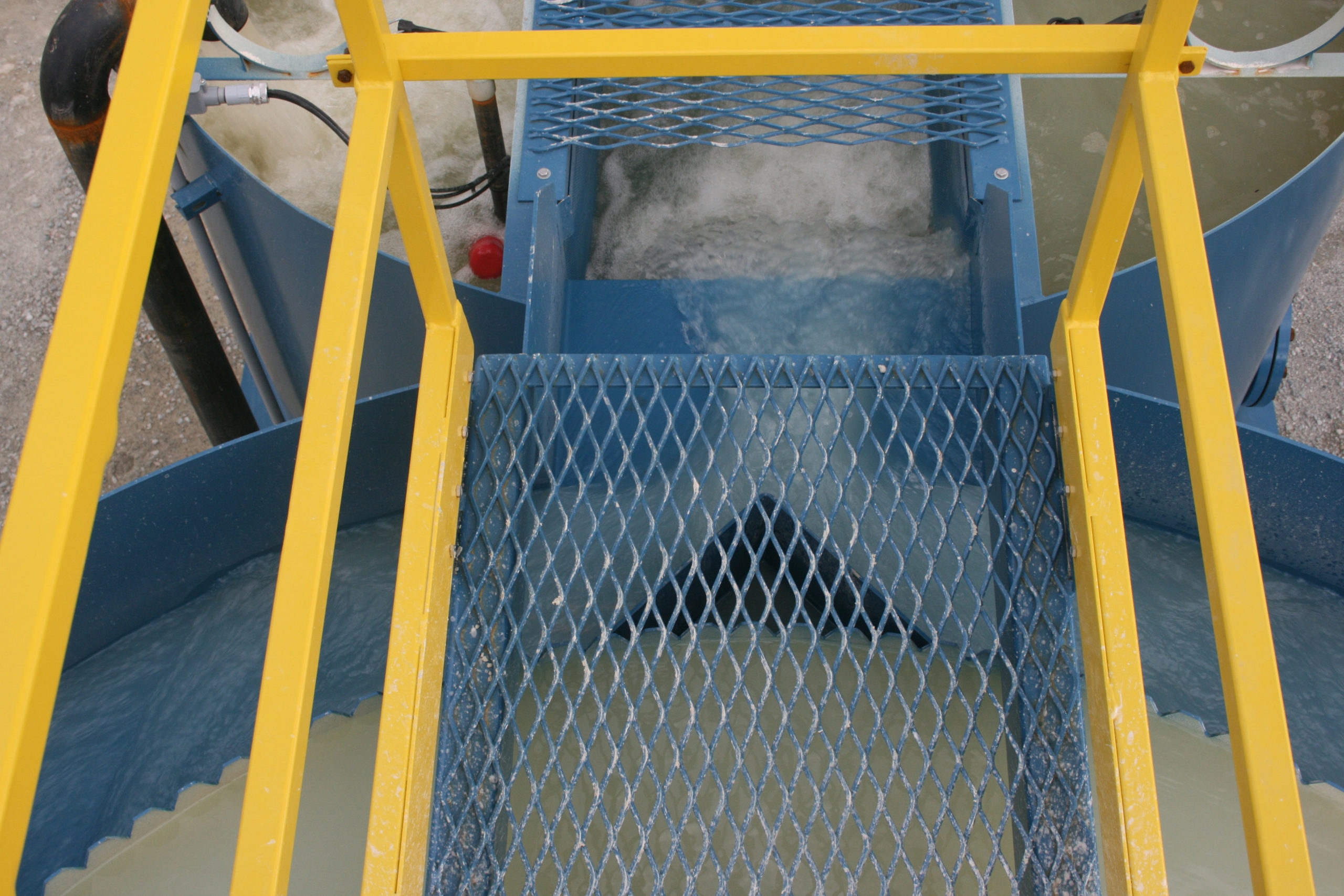In various regions, groundwater resources are in overdraft conditions with declining water levels showing slow-to-no recovery, say reports. At the same time, cities and counties often permit development and growth without considering that water resources barely supply current demands. Enter in extended drought cycles, and water shortage can become critical. As such, water conservation requirements are increasingly coming into play for municipal, agricultural and industrial users. Some programs focus on gallons per capita per day (GPCD) reductions, with many entities being assigned GPCD targets.
Although industrial water users account for less than the total demand picture of that of municipal or agricultural water users, the source water to meet industrial needs is often 100-percent groundwater.
Clearwater Industries (www.clearwaterind.com) provides turnkey systems, site and water analysis, chemical selection and custom-designed equipment to clarify dirty water for recycle and reuse in municipal and industrial applications. The company recently introduced its new Model 2000 Portable Water Clarifier for use in applications such as sewage, refining, dredging, paper milling, mining, and sand and gravel. Available for purchase, lease or rental, the unit is designed for those who require portability, and allows operators to take a dirty water stream, and produce clean water immediately, concentrating the fines or solids to a thick state. Via this streamlined ability to recycle and reuse valuable water resources, users can meet GPCD targets; ensure an uninterrupted quality water supply; avoid the risks of plant shutdowns due to water shortage; minimize the costs of water consumption and wastewater management; and reduce environmental impact.
The benefits of a portable, closed-circuit clarifier are well illustrated by examining its use in a rural-based sand and gravel processing application. Certainly a portable wash plant operation is only as efficient as its water resource management – and when water is tight – production may often come to a halt.

Sandpoint, Idaho-based Peak Sand & Gravel is constantly on the move, working seven local sites, and completing custom crushing and washing projects for customers located within Idaho’s panhandle and across its borders into Montana and Washington.
In past years, its portable washing projects had been limited by water availability at certain sites. “We had to schedule most of our jobs in the spring because we had the highest water table then – but in the end we would always run out of water and by June we would have to stop as we didn’t even have enough recharge water to fill a well back up,” says Larry Peak, owner. “Sometimes we were even taking the water out of the well, putting it in the pond, sucking it out of there, and running it through the plant. Then we would run dirty water through mud tanks, pump the mud out, and put the clean water back in the pond. We were going through nearly 300-gallons-per-minute of steady makeup water alone,” he adds.
Upon the award of a 100,000-ton portable washing project in Haugen, Montana, Peak decided to upgrade his processes with the purchase of the Clearwater Industries Model 2000 portable, closed-circuit water clarifier. As its name indicates, the unit delivers up to a 2,000 gallon-per-minute capacity, at 20-percent solids by volume. The system is complete with an automated flocculant system, a 40 HP drive, and a hydraulically-driven mud pump that will move mud up to 800 feet. The Model 2000 typically requires no more than three hours for setup with features such as fold-up catwalk handrails that streamline the process.

“The new clarifier allows us torecycle and reuse water, while keeping our makeup water to a minimum. This opens up many new opportunities for us – sites where there is little or even no water, or no place for a settling pond,” says Peak who worked closely with Bob Gralton, president of Clearwater Industries, to create a customized solution. Peak’s decision to choose a clarifier manufactured by Clearwater Industries was highly motivated by flocculant solutions that Gralton had provided some ten years prior. Gralton says that flocculants come in different molecular weights and charges and that it’s imperative to find a vendor with the products and resources to select the right flocculant to settle the solids out of the water immediately.
“Traditional closed-loop systems typically require ponds for water discharge and for feed water to the plant,” explains Gralton. “Alternatively, Peak’s unit has a clean water tank placed right on the clarifier. From this tank, the water is pumped directly to the wash plant. The totally self-contained unit includes a dry polymer feed system, hydraulic package, control panels, a mud discharge pump, and a clean water return pump to supply the wash plant. With this very tight closed-circuit operation, at least 90 percent of the water is reclaimed, and importantly, the need for a pond is eliminated,” he says.

Long familiar with the downside of pond use, Peak says that doing portable washing the old way has always involved trucking in large volumes of water. “You fill the ponds and then they evaporate or leak into the ground. We’ve even had ponds that we’ve shotcreted or paved – and they’ve still leaked. With the new clarifier, we bypass the clean water pond altogether,” he says.

Fresh water is pumped to the wash plant from a 15,000-gallon supply tank parked next to the clarifier. After the material is processed, the dirty water is discharged into a sump that sits remotely from the clarifier. From there, the discharge water is pumped into a flocculant tank atop the clarifier where the polymers are added. Next, the flow separates into twin clarifying tanks or flocculation chambers where the suspended solids settle out of the wastewater. Then the clear water overflows back into a clean water tank, which is mounted on the clarifier. This tank has a “keep-full” system on it. If its float drops, water is automatically added from the makeup tank to keep the system in balance. The thick mud is pumped from the bottom of the clarifiers, usually into an excavated area for drying. “The big thing is that the unit produces a good drier mud and that saves big on water,” says Peak.

It is often said that “water is the oil market of the future.” The use of new water clarification technology is a key solution to protecting our valuable water resources. Clearwater Industries provides nationwide sales, service and rental.
Written by Carol Wasson
Carol Wasson is a Fort Wayne, Ind. – based freelancer


